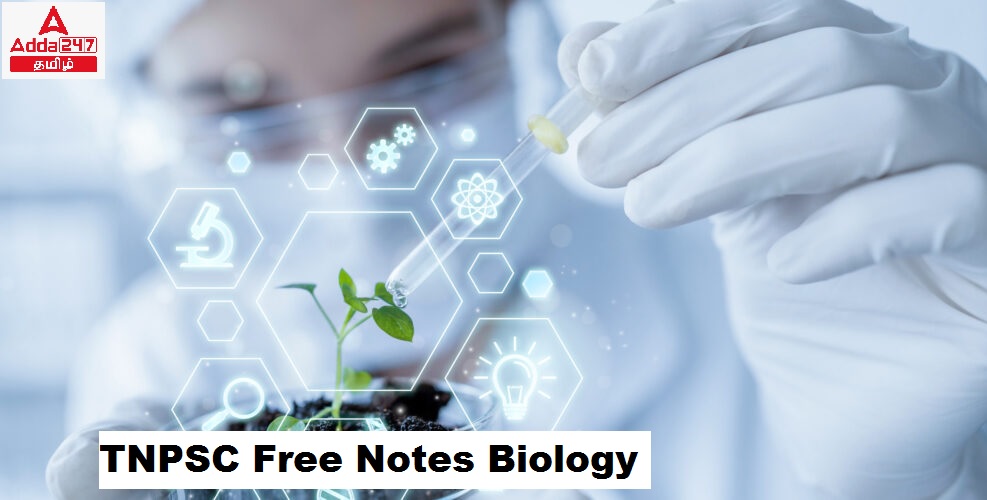இந்தக் கட்டுரையில், TNPSC குரூப் 1, குரூப் 2, குரூப் 2A, குரூப் 4 மாநிலப் போட்டித் தேர்வுகளான TNUSRB, TRB, TET, TNEB போன்றவற்றுக்கான முறைகள் இலவசக் குறிப்புகளைப் பெறுவீர்கள்.தேர்வுக்கு தயாராவோர் இங்குள்ள பாடக்குறிப்புகளை படித்து பயன்பெற வாழ்த்துகிறோம்.
Human Digestive System
• The breakdown of large complex insoluble food molecules into small, simpler
soluble and diffusible particles by the action of digestive enzymes is called
digestion.
• Parts of the body concerned with the digestion of food form the digestive system.
• The five stages of nutrition process include
1. Ingestion 2. Digestion 3. Absorption 4. Assimilation 5. Egestion.
• The digestive system consists of two sets of organs. They are as follows:
Alimentary canal (digestive tract/gastrointestinal tract):
It is a passage starting from the mouth and ending with the anus.
Digestive glands:
Glands associated with the alimentary canal are the salivary glands, gastric glands,
pancreas, liver and intestinal glands.
Structure of the Alimentary Canal
• Alimentary canal is a muscular coiled, tubular structure.
• It consists of mouth, buccal cavity, pharynx, oesophagus, stomach, small intestine
(consisting of duodenum, jejunum and ileum) large intestine (consisting of
caecum, colon and rectum) and anus.
Mouth:
• The mouth leads into the buccal cavity.
• It is bound by two soft, movable upper and lower lips.
• The buccal cavity is a large space bound above by the palate (which separates the
wind pipe and food tube), below by the throat and on the sides by the jaws.
• The jaws bear teeth.
Teeth:
• Teeth are hard structures meant for holding, cutting, grinding and crushing the
food.
• In human beings two sets of teeth (Diphyodont) are developed in their life time.
• The first appearing set of 20 teeth called temporary or milk teeth are replaced by
the second set of thirty two permanent teeth, sixteen in each jaw.
• Each tooth has a root fitted in the gum (Theocodont). Permanent teeth are of four
types (Heterodont), according to their structure and function namely incisors,
canines, premolars and molars
Salivary glands:
• Three pairs of salivary glands are present in the mouth cavity.
• They are: parotid glands, sublingual glands and submaxillary or submandibular
glands
a. Parotid glands
Are the largest salivary glands, which lie in the cheeks in front of the ears (in
Greek Par – near ; otid – ear)
b. Sublingual glands
Are the smallest glands and lie beneath the tongue.
c. Submaxillary or Submandibular glands
• Lie at the angles of the lower jaw.
• The salivary glands secrete viscous fluid called saliva, approximately 1.5 liters
per day.
• It digests starch by the action of the enzyme ptyalin (amylase) in the saliva which
converts starch (polysaccharide) into maltose (disaccharide).
• Saliva also contain an antibacterial enzyme called lysozyme.
Tongue:
• The tongue is a muscular, sensory organ which helps in mixing the food with the
saliva.
• The taste buds on the tongue help to recognize the taste of food.
**************************************************************************
| Adda247 TamilNadu Home page | Click here |
| Official Website=Adda247 | Click here |




